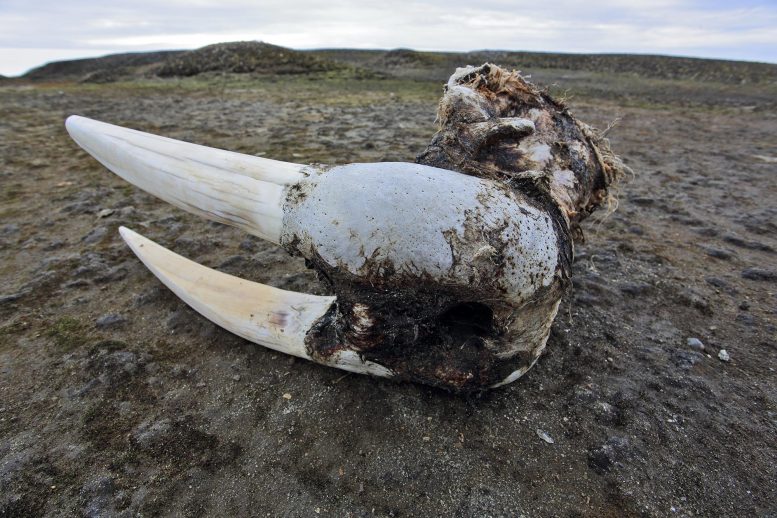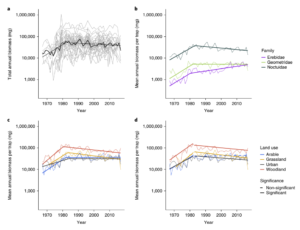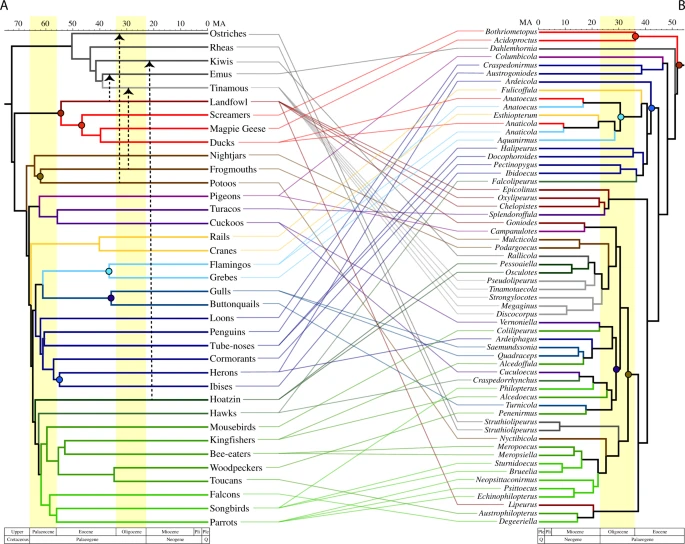One of my pet peeves is the persistent delusion, implicit in many discussions, that the ecological crisis is a recent phenomenon. Industrialization, pesticides, intensive agriculture on a massive scale would have only recently tipped the scales, while before humanity was more or less in equilibrium with the environment. That we were sustainable. Noble savages. Truth is, we’ve never been. The current Anthropocene extinctions are nothing more than the continuation of the Pleistocene extinctions, and all together they are phases of the Sixth Extinction.

There are endless stories about that, from the American or Australian megafaunas, to the dodo. But it is always interesting to have another clean-cut example. Apparently, there was a distinct populaton of walruses in Iceland, until a few centuries ago. Then they disappeared, abruptly. The killers, as suggested by a recent study by Xenia Kéighley et al. published on Molecular Biology and Evolution (and open access, yay!), were the Norse, that colonizing Iceland found a bonanza of meat, fat, skin and ivory under the guise of long-toothed pinnipeds, and hunted them to extinction. It is a deliciously interdisciplinary work, where you find genetic analysis of ancient DNA intertwined with the analysis of Norse sagas. So much for who wants to keep the two cultures separate.
There is a twist. Human-driven extinctions are ancient, but they are land extinctions. Sea ecosystems were, indeed, mostly untouched until recently as far as we know. The Iceland walrus seems to be one of the earliest cases where our hand started to waste marine blood:
This is to one of the earliest examples of local extinction of a marine species following human arrival, during the very beginning of commercial marine exploitation.
A very significant event for the Sixth Extinction indeed. And the cause was, quite remarkably, capitalism, or at least its basic driver: trade.
We show that commercial hunting, economic incentives, and trade networks as early as the Viking Age were of sufficient scale and intensity to result in significant, irreversible ecological impacts on the marine environment. […]
Therefore, the extinction of the Icelandic walrus provides an exceptionally early example of hunting not driven solely for subsistence, but rather international demand for valuable trade commodities including walrus ivory, oil, and skin sold across medieval markets in Europe, the Middle East, and Asia.
In contrast to other species, the Iceland walrus did not die because the Vikings needed it. It died because they sold it. It was easy cash, until it lasted. While we have never been capable of a sustainable coexistence with many ecosystems, we live in an age of what has been called the Great Acceleration, where lots of ecological parameters skyrocket into the abyss. And what drives this acceleration if not trade, economic growth, exploitation of resources? To those who think that the socioeconomy of the human species has little to do with the Sixth Extinction, the Iceland walrus is a stern warning. The Invisible Hand is tainted forever with the blood of human and non human creatures.
The paper is: Xénia Keighley, Snæbjörn Pálsson, Bjarni F Einarsson, Aevar Petersen, Meritxell Fernández-Coll, Peter Jordan, Morten Tange Olsen, Hilmar J Malmquist “Disappearance of Icelandic Walruses Coincided with Norse Settlement”, Molecular Biology and Evolution, Volume 36, Issue 12, December 2019, Pages 2656–2667, https://doi.org/10.1093/molbev/msz196



